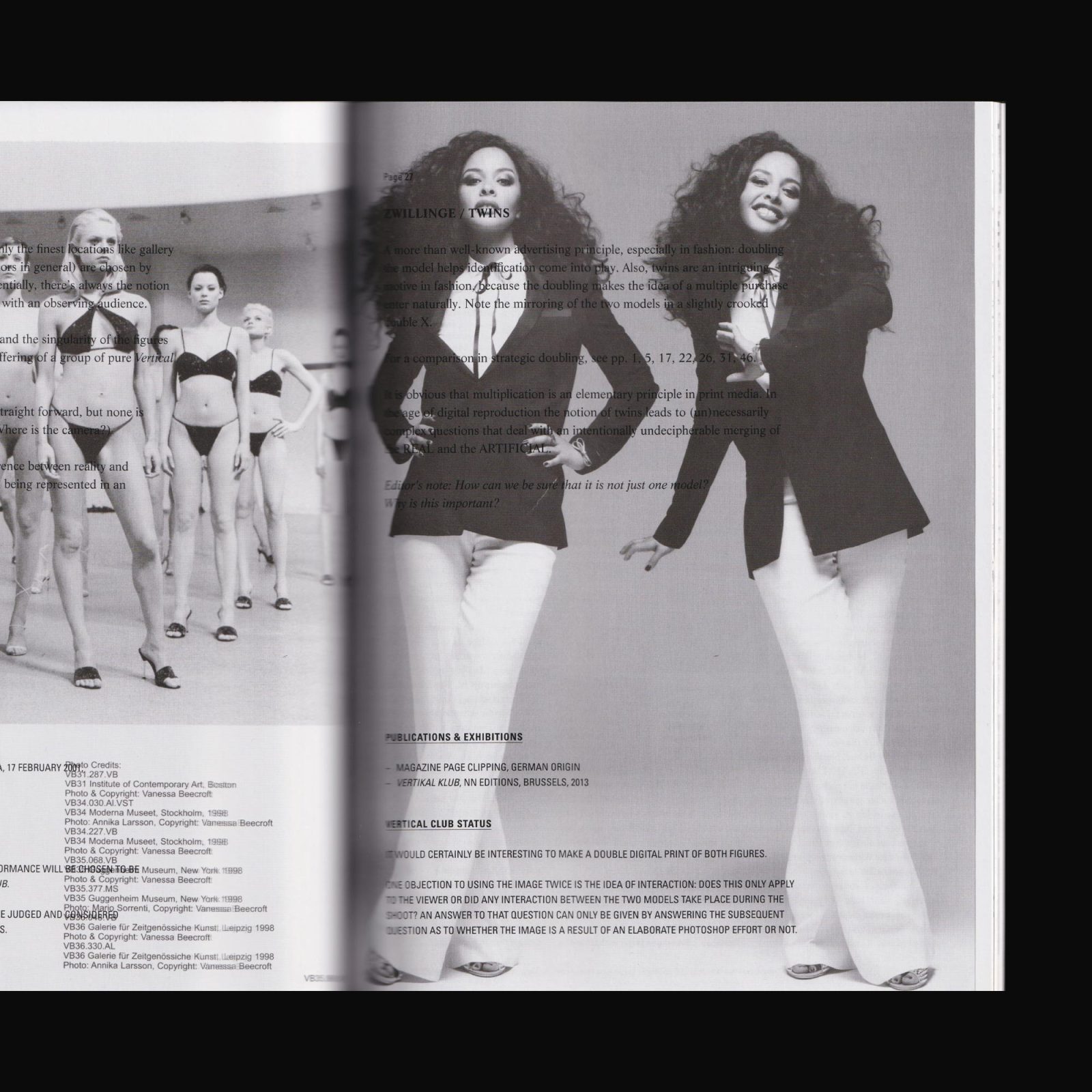Vertikal Klub is a manual for future installations of the “Vertical Club”, a project launched by Willem Oorebeek in 1994 and which has been developing ever since. The book not only compiles in an archaeological way present and (potential) future members of the “Vertical Club”, but also reflects on the use and representation of the human figure in print media. Text and image are connected in a radical way, pushing the idea of administrative visual statistics towards the absurd. “Vertikal Klub” raises the question as to the admission policy and representational use of the human figure in dark times.






This catalogue has been printed in relation to the exhibition Quiet Quality, which took took place in two sites, Cabinet Gallery, London, 10 October–17 November, 2012 and the Frieze Art Fair, London, 11–14 October, 2012. The format of the book is consistent with the open ended series which the artist initiated in 1986.



Produced on the occasion of the exhibition John Knight, a work in situ, Galerie Neu/MD 72, Berlin, 6 June–20 July, 2013 where Knight repurposed the wooden panelling form the outside of the building that housed Galerie Neu until 2013.
“this panelling moved to the project space of the same gallery called MD 72, in Berlin too. It was adapted to the space of MD 72 by cutting holes for doors, windows, electric sockets etc. From the top to the bottom, from the outside to the inside.”
“Bohemian Grove will record its own history, and will grow larger and smaller simultaneously, with every exhibition. A process of dematerialisation. The ghosts of exhibitions past will increasingly thin out the remaining material presence the work has, until nothing but a few very dispersed sawdust particles remain. And doors and windows we cannot enter because we are in the hands of time”—gerlach en koop, 2017






Produced on the occasion of the exhibition RINO at Mai 36, Zurich. The exhibition and the catalogue present a collaboration between Manfred Pernice and Martin Städeli and deal with Marino Marini and the Marino Marini Museum in Florence.



Produced on the occasion of Gorgona: Please Attend at Zak Branicka, Berlin, 18 January–2 March, 2013. The Gorgona group (named after the mythological creature Gorgon), was a Croatian avant-garde art group which consisted of artists and art historians. The group, made up of Dimitrije Bašičević-Mangelos, Miljenko Horvat, Marijan Jevšovar, Julije Knifer, Ivan Kožarić, Matko Meštrović, Radoslav Putar, Đuro Seder, Josip Vaništa operated in Zagreb between 1959 and 1966.




Produced on the occasion of the Giorgio Griffa, Fragments 1968-2012 at Casey Kaplan Gallery. New York, October 25–December 22, 2012.
The exhibition presented a selection from over forty years of Griffa’s paintings on un-stretched canvas and linen. Throughout the past four decades, Griffa has undertaken a practice that he describes as “constant and never finished”, adhering to “the memory of material”, and to the belief that the gesture of painting is an infinite one. Within the finite frame of his canvas, each artwork becomes a site of collaboration between painting and the painter as the hand works to reveal a constellation of signs and symbols. This relationship is further mediated by the materiality of the works: the absorption of the acrylic into the fabric from each stroke dictates the brush’s next move. The completion of a canvas functions as a suspension of this relationship. After the acrylic has dried, they are carefully and neatly folded into uniform sections and filed as a register of their collective life as a whole.